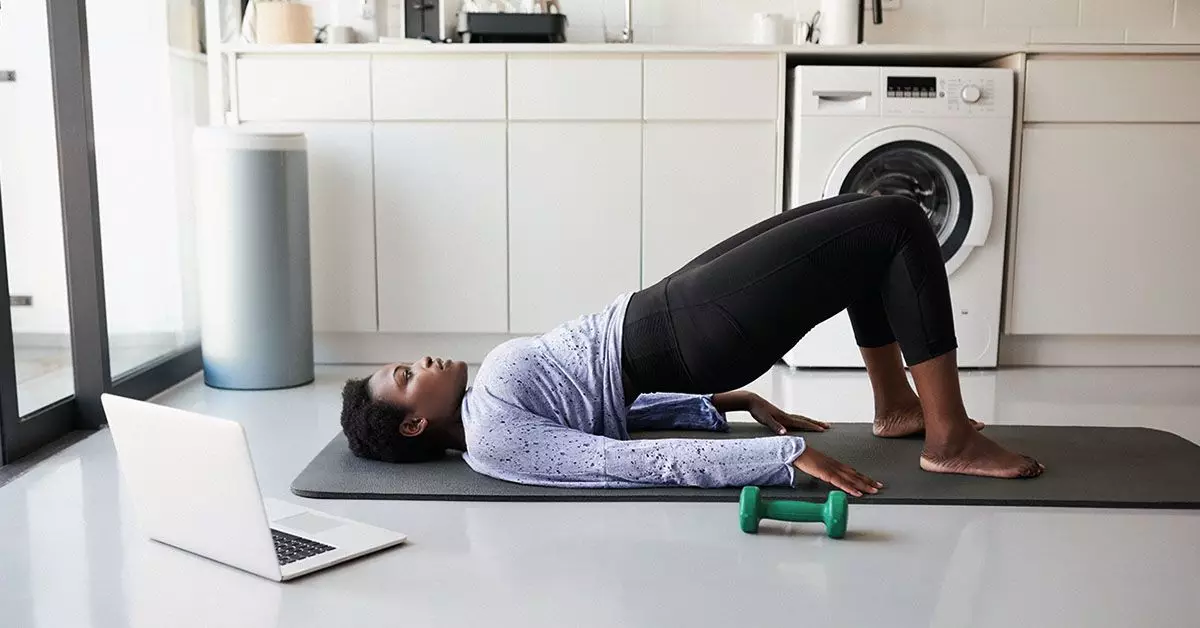Endometriosis is a challenging and often misunderstood medical condition that occurs when tissue similar to the endometrium—the lining of the uterus—grows outside the uterus. This abnormality can lead to severe discomfort and various complications. The etiology of endometriosis appears to involve multiple factors, including genetic predisposition, hormonal fluctuations, and immune response irregularities. Each individual’s experience with the condition can vary significantly, affecting everything from menstrual cycles to daily activities.
One of the critical yet under-discussed aspects of endometriosis is its connection to pelvic floor dysfunction (PFD). PFD may emerge when pelvic muscles become tense or misaligned due to the chronic pain and scar tissue stemming from endometriosis. This tension can create a vicious cycle; as pelvic pain intensifies, the muscles become increasingly rigid, exacerbating the overall condition.
The Role of Pelvic Floor Exercises
While research remains inconclusive on the direct efficacy of pelvic floor exercises in treating endometriosis, certain studies indicate that engaging in such activities can provide psychological and physical empowerment for those affected. According to a small study conducted in 2024, participation in group pelvic floor exercises fostered a sense of belonging among women with endometriosis and positioned them better to deal with their symptoms effectively. This highlights an essential aspect of coping with chronic illnesses—community support and self-empowerment can significantly enhance quality of life.
Pelvic floor exercises generally target the muscles that support the pelvic organs and help improve overall pelvic health. These exercises emphasize both relaxation and muscle strengthening, which are crucial for anyone managing the physical challenges posed by endometriosis.
When attempting pelvic floor exercises, it’s vital to create a safe and comfortable environment. To achieve the maximum benefit, individuals should focus on relaxation, especially during bouts of pain or tightness. Exercising should be done slowly and mindfully, with an acute awareness of one’s breathing patterns and physical sensations. Consulting a pelvic floor physical therapist can be incredibly beneficial as these professionals can devise tailored exercise regimes that cater to individual needs, minimizing the risk of aggravating already tight muscles.
To identify the pelvic floor muscles, a common technique involves squeezing as if trying to hold in gas or stopping urination mid-stream. However, while the latter method can help pinpoint the muscles for exercise, it’s advisable to avoid this practice regularly due to potential health risks, such as urinary tract infections.
One of the most commonly recommended exercises is the Kegel, which effectively strengthens the muscles involved in urine control. The process is straightforward: Find a comfortable position, squeeze the pelvic muscles as if stopping urination, hold for 3-5 seconds, then relax. This set can be repeated multiple times, with variations in duration and speed based on individual comfort and strength levels.
In addition to Kegel exercises, restorative yoga poses such as Child’s Pose can be instrumental for relaxation and stretching. This gentle pose can alleviate tension in the hips and lower back, providing physical relief alongside emotional relaxation. To practice Child’s Pose, start on hands and knees, sit back onto the heels with arms extended forward, and rest the forehead on the mat. Holding this pose for a minute or more while focusing on deep breathing can offer significant stress relief.
Another beneficial yoga position is the Bridge Pose, which not only strengthens the pelvic floor but also promotes stability and support for the lower back. Lying on the back with knees bent and feet flat on the floor, one should lift the hips while contracting the pelvic muscles. Holding this position for a few seconds before relaxing can lead to cumulative strengthening over time.
While managing endometriosis, it’s critical to acknowledge that its symptoms can overlap with those of pelvic floor dysfunction. Chronic pelvic pain, urinary difficulties, and bowel issues can manifest simultaneously, complicating both diagnosis and treatment. Engaging in activities or lifestyles that put pressure on the pelvic area can further heighten symptoms, making it imperative for individuals to seek professional guidance for a comprehensive evaluation.
While individual experiences with endometriosis and pelvic floor dysfunction may differ, integrating pelvic floor exercises into one’s routine offers a pathway toward empowerment. Not only do these exercises promote physical well-being, but they also cultivate resilience, fostering a community that supports each other in navigating the complexities of these interconnected conditions. For those grappling with these issues, consultation with healthcare professionals is essential for a thorough diagnosis and a personalized treatment plan.


Leave a Reply